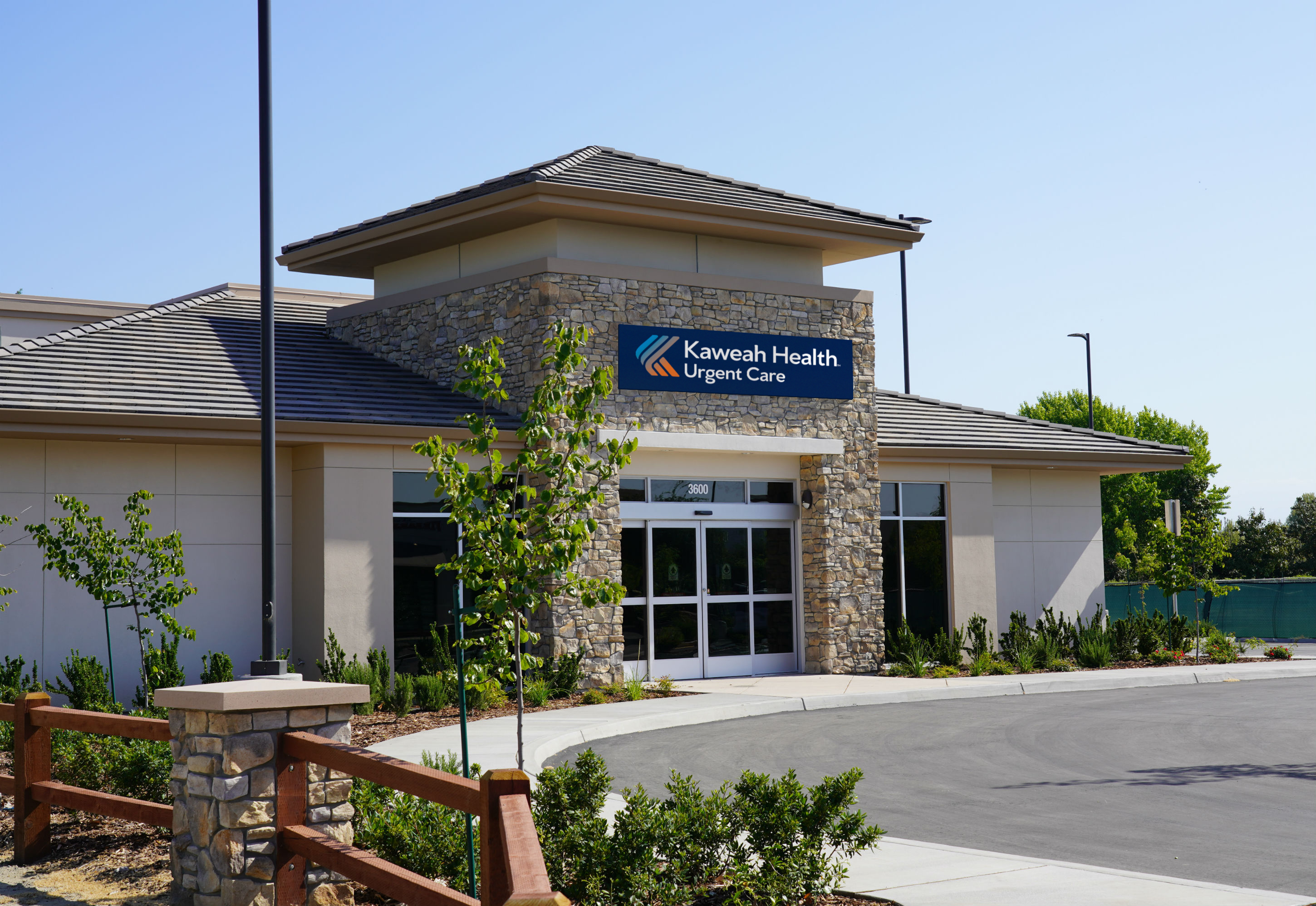Discovering the Most Effective Clinic for Your Urgent Care Requirements
Discovering the Most Effective Clinic for Your Urgent Care Requirements
Blog Article
Understanding the Role of Urgent Care in Offering Timely Therapy for Non-Life-Threatening Conditions
Urgent care centers have arised as a crucial component of the medical care landscape, attending to the prompt requirements of individuals with non-life-threatening conditions. Recognizing the nuances of immediate care might considerably influence patient results and the total efficiency of medical care delivery.
What Is Urgent Care?
Immediate treatment refers to a classification of clinical solutions developed to resolve non-life-threatening conditions that need prompt attention. These centers act as an intermediary between health care medical professionals and emergency clinic, providing a hassle-free option for individuals that need prompt care without the considerable waiting times usually related to emergency situation departments.
Urgent care centers are commonly staffed by clinical specialists, consisting of physicians, nurse specialists, and doctor aides, who are trained to identify and deal with a vast selection of conditions. Usual solutions offered by these facilities include treatment for small injuries, ailments, and infections, along with diagnostic tests such as X-rays and laboratory work.
Additionally, immediate treatment centers typically approve walk-in individuals, getting rid of the demand for visits. In general, urgent care plays an important function in the health care system, making sure individuals can access essential clinical solutions immediately and effectively.

When to seek treatment at an urgent treatment center rather of a primary treatment physician or an emergency situation room,Lots of individuals might find themselves unsure about. Immediate care is created to deal with non-life-threatening problems that need prompt attention yet are not severe enough to warrant an emergency room visit.
Normally, one must consider urgent take care of problems such as minor fractures, strains, cuts calling for stitches, or infections like urinary system system infections. Additionally, cold or flu signs, breakouts, and allergic responses can also be suitably taken care of in this setup.
It is very important to keep in mind that urgent treatment is not suitable for serious emergencies, such as chest discomfort, difficulty breathing, or severe bleeding, which demand instant emergency clinic intervention.
Individuals who do not have accessibility to a health care physician or can not protect a prompt visit might additionally profit from immediate treatment services. Ultimately, comprehending when to use immediate treatment can cause extra efficient healthcare delivery, allowing clients to get the proper degree of treatment based upon their details wellness needs.
Benefits of Urgent Care Centers
Choosing urgent treatment centers for non-life-threatening conditions provides several advantages that improve individual experience and accessibility. One primary benefit is the minimized wait times compared to conventional emergency rooms. Immediate treatment facilities normally operate on a first-come, first-served basis, enabling clients to receive prompt clinical interest without the long hold-ups usually connected with hospital setups.
Furthermore, urgent treatment facilities offer extended hours, consisting of nights and weekends, fitting clients with varying timetables. This adaptability makes sure that individuals can look for treatment when it is most convenient for them, further promoting prompt treatment.

Furthermore, these facilities frequently provide an extensive range of services, consisting of minor procedures and analysis examinations, all under one roofing. This debt consolidation of official site services not just enhances the client experience however also cultivates a much more cohesive approach to taking care of non-life-threatening wellness concerns, eventually benefiting overall person end results.
Typical Problems Treated
At urgent care centers, a range of non-life-threatening problems can be properly treated, offering people with accessible and prompt clinical help. These facilities are particularly experienced at resolving issues that require prompt focus yet do not pose an immediate threat to life or arm or leg.
Typical conditions dealt with at immediate treatment facilities include small injuries such as strains, sprains, and fractures. In addition, they take care of diseases like colds, influenza, and infections, consisting of urinary system system infections and sinus problems. Skin disease, ranging from rashes to insect attacks, are additionally regularly dealt with. Urgent care facilities are furnished to perform needed analysis tests, such as X-rays and lab examinations, allowing them to provide extensive treatment.
Moreover, immediate treatment companies can provide vaccinations, aiding to stop the spread of contagious diseases - Urgent Care. They also provide solutions for small procedures, such as suturing injuries or draining pipes abscesses. By providing these varied solutions, urgent treatment centers play an important duty in connecting the gap in between medical care and emergency situation services, ensuring people get timely therapy for a wide array of conditions without the need for long haul times typically related to emergency clinic
Just How Urgent Treatment Supports Medical Care System
Urgent treatment facilities play a vital role in sustaining the general healthcare system by alleviating the problem on emergency situation departments and supplying timely accessibility to treatment for non-life-threatening conditions. By dealing with cases such as small injuries, infections, and health problems, immediate care facilities allow emergency situation divisions to focus on even more important individuals calling for prompt interest.
In addition, urgent treatment centers boost health care accessibility, supplying extensive hours and a much more convenient choice to conventional primary treatment setups. This ease of access is specifically beneficial for clients that might not have a regular physician or who call for immediate treatment outside of normal workplace hours. As a result, urgent care centers successfully lower improve and wait times client complete find out here now satisfaction.
Furthermore, immediate treatment centers add to set you back financial savings for both people and the medical care system by providing lower-cost solutions compared to emergency departments. This monetary efficiency is crucial in a period of rising health care expenses, permitting patients to receive essential care without sustaining excessively high expenditures.
Conclusion
In final thought, urgent care centers play a vital role in the medical care system by supplying punctual therapy for non-life-threatening problems. By bridging the gap in between health care and emergency clinic, these centers ensure that people receive prompt medical attention without the prolonged wait times normally related to emergency situation departments. The availability and effectiveness of urgent treatment facilities contribute significantly to alleviating the overall concern on health care resources, boosting person results, and advertising a much more effective healthcare distribution system.
Immediate care facilities have arised as an essential part of the medical care landscape, dealing with the immediate demands of people with non-life-threatening conditions. Immediate care sees normally incur lower out-of-pocket expenditures compared to emergency division sees, making care much more cost effective for clients without endangering high quality. Immediate care centers are equipped to carry out my blog required diagnostic examinations, such as X-rays and research laboratory examinations, enabling them to offer detailed treatment.
By using these diverse services, immediate care centers play an essential function in bridging the void in between primary treatment and emergency services, making sure patients obtain prompt therapy for a large array of problems without the requirement for lengthy delay times generally connected with emergency situation rooms.
Moreover, urgent care facilities boost healthcare access, offering extended hours and a much more hassle-free alternative to traditional primary treatment settings.
Report this page